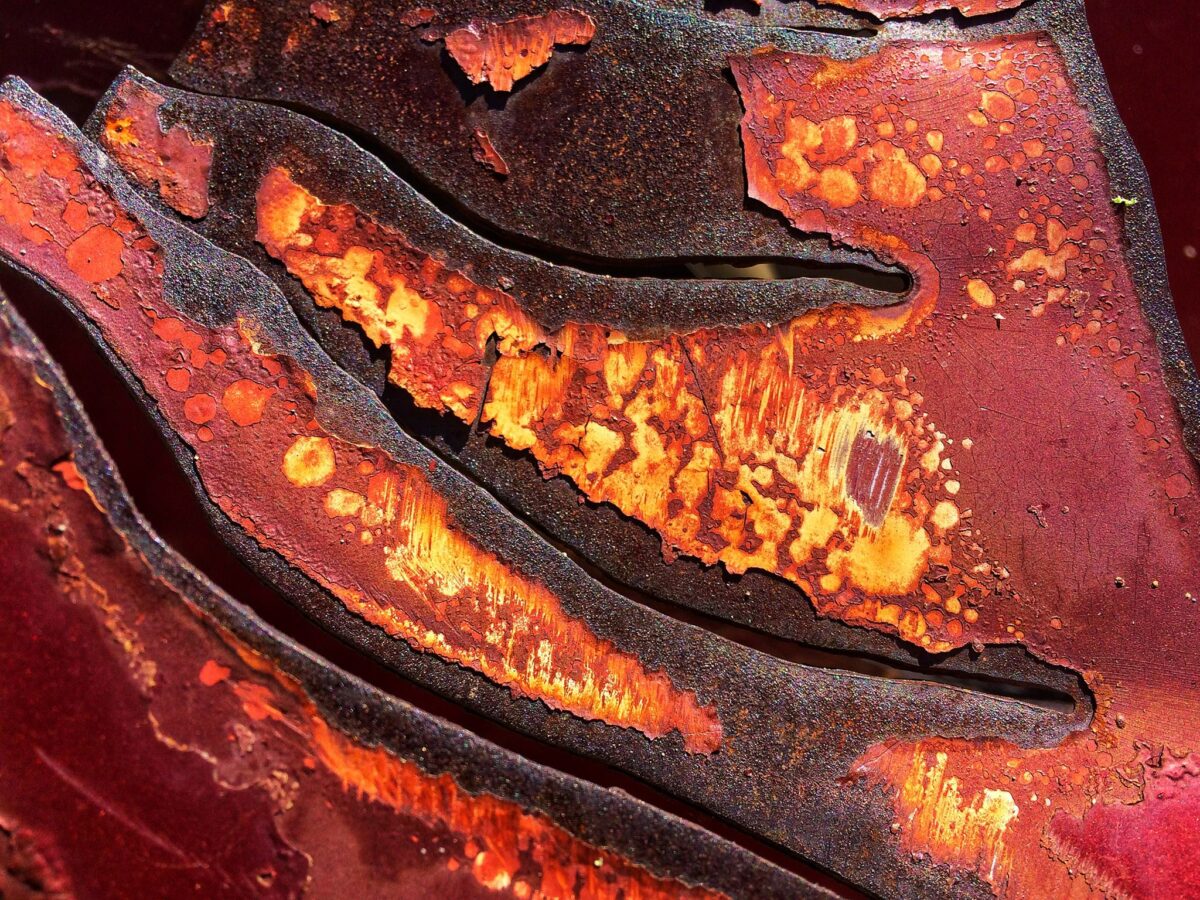A Lie of Domestic Abuse

“He’s only a danger to you.”
No. People who are bullying, stalking, threatening, hitting, manipulating, gaslighting, and controlling are not limited in their impact. Domestic abuse and violence ultimately affects a broad swath of the people and resources in a community.
Today a woman was held hostage by an abuser in a hair salon. A terrifying and terrible situation.
The shopping center had to be evacuated, stores closed, two nearby schools went into lockout mode, and police spent hours trying to resolve the situation. Thousands of people affected, and thousands of dollars in costs and lost revenue. Plus the impact of fear and terror yet to be understood by the people affected.
A few friends called to make sure it wasn’t me in that salon.
For the first few years I was out of the closet about my family’s abusive situation and seeking support, it was incredibly difficult to get help. Police and others in the community said, “Well, he’s only a danger to you…”
That is shortsighted, wrong, and total BS. When caught, about 1 out of each 6-8 times, the person who terrorized us got out of jail after short time periods. One time he made threats of taking his own life, so they admitted him to a mental health ward and a couple days later he walked himself out, skipping out on his jail sentence.
The consequences are not enough to prevent these dangerous people from doing it again. He went on to do things to three more women, racked up more restraining orders and court dates, and went to jail again, ultimately getting out of a 3-year sentence for the 30 days time served.
What does this cost the community? Among the impacts:
- An individual’s ability to feel safe and free to move around their home, neighborhoods, and workplace.
- A person who is a target can’t pursue happiness or even functionality when they’re just trying to stay alive and hold on to a whisper of sanity in the storm.
- Neighbors who avoid the family for fear of putting themselves and their children in the path of a dangerous person.
- Isolation.
- The huge costs of security systems, time monitoring them, and the emotional cost of constant vigilance.
- Therapy and medical care and the bills for treatment, if one can actually access them. Short-term and long-term.
- Lawyers. Public prosecutors, district attorneys, personal counsel.
- Police and court resources, reports, investigations.
- Time off work.
- Other people at work having to pick up extra responsibilities for people who are out. And coworkers being legitimately afraid that the abuser will show up and they’ll be in the line of fire.
- Documentation and extra meetings with bosses and human resources.
- New or additional security protocols at an office, schools, and home.
- Educational delays or not learning due to absence, sleep loss, and fear.
- Financial loss or poverty for people who flee for their safety.
- Real and perceived bias toward the person who is the victim, as now they’ve brought a threat to all the others in their workplace, neighborhood, schools, and anything else that a family would touch in their day-to-day lives.
- and so much more…
I am so angry today. Anger that bubbled up from fear of knowing exactly what it is like to stand face-to-face with a blank-eyed shell of a person who wants to destroy you, and possibly themselves and anyone who gets in their way. From knowing that hundreds of people were nearby and that man with a weapon could have ended a life and devastated a family in a swift second. That small businesses who depend on the daily transactions to pay their employees and bills are out significant income from the evacuation. That, again, children in school were on lockout and experiencing fear over learning.
I also felt relieved, in the end, that everyone in this situation got out safely. What’s next though…
There isn’t a counselor, therapist, law enforcement officer, judge, partner, or child who can make an abuser stop. The person has to want to be self-aware and change their behavior. And they have to do the work to make it happen.
Evidence shows that the cycle of children in abusive homes (including alcohol addiction and neglect) go on to perpetuate what they’ve learned. And that includes subconsciously choosing abusive partners, as I did.
There are organizations working to help families and individuals learn healthy behaviors, relationship models, and boundaries. Support your local abuse shelters, non-violence programs, and counseling centers. Domestic abuse and violence ultimately affects us all.
